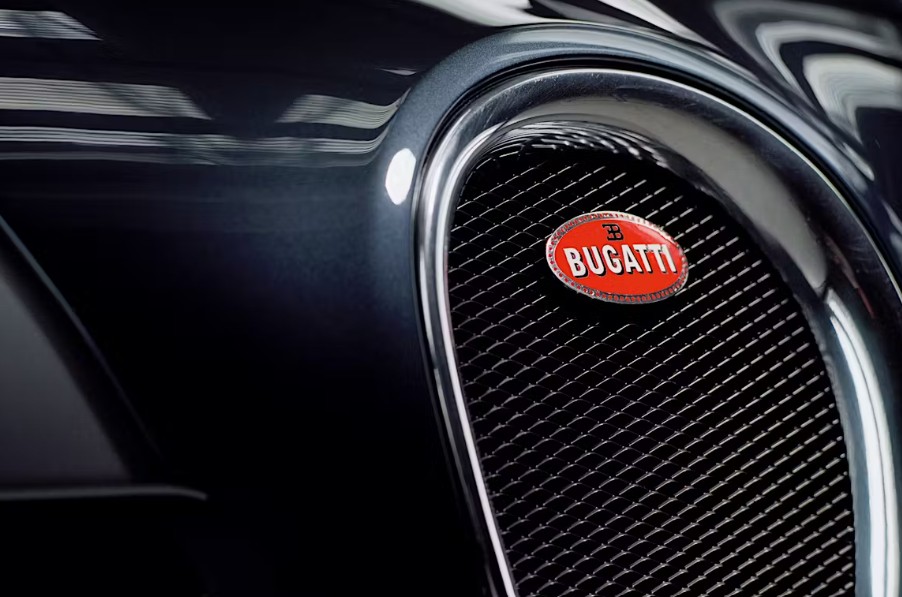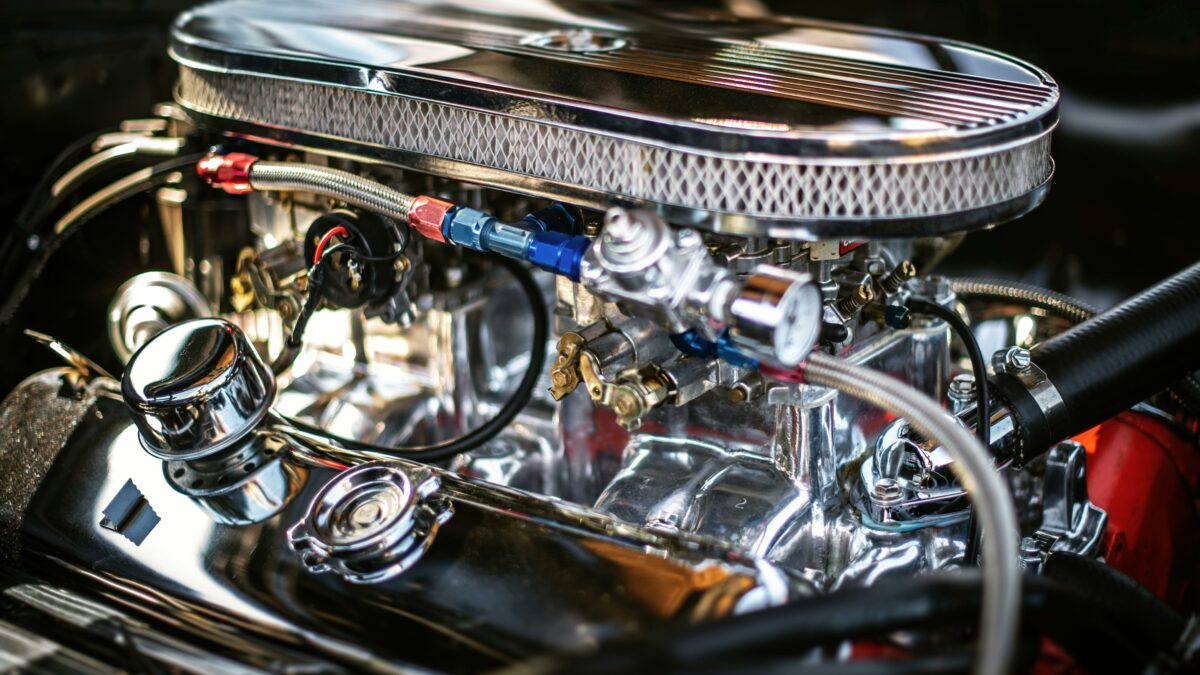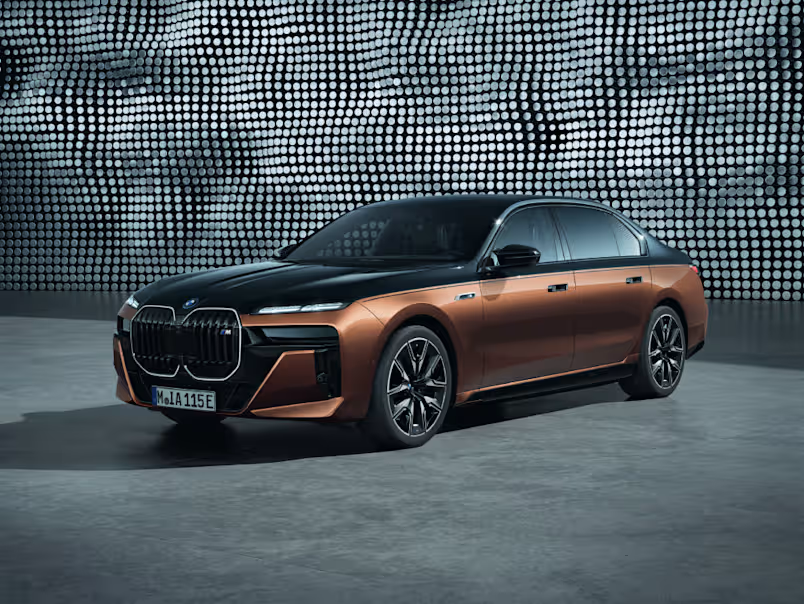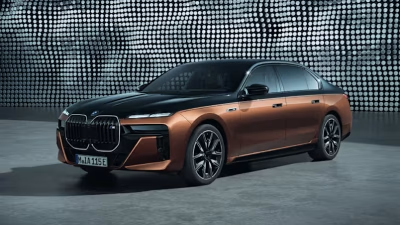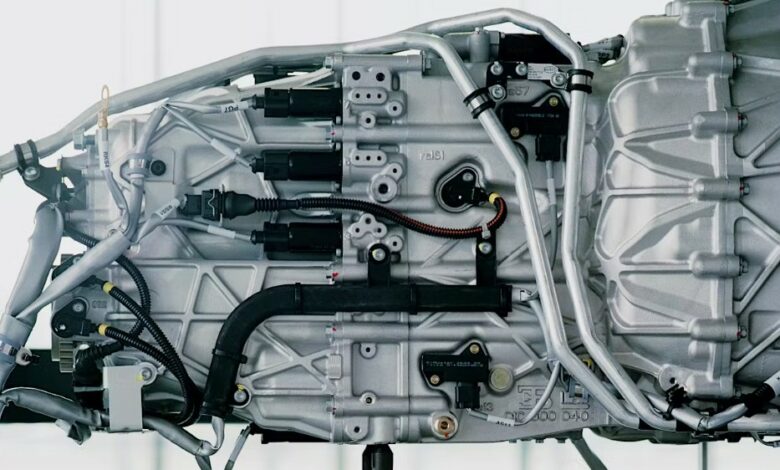
Bugatti Veyron: The Dream That Redefined Speed and Luxury
The Bugatti Veyron is not just a hypercar—it is the physical embodiment of a vision so bold it was once considered impossible. Born from the mind of Ferdinand Karl Piëch, the former Chairman of the Volkswagen Group, the Veyron was more than a car; it was a statement of engineering supremacy and design brilliance.
Piëch envisioned a car that could reach 400 km/h in the morning and glide elegantly to the opera by evening. This duality—brutal speed and timeless grace—became the foundation of the Bugatti Veyron project, which started its conceptual journey in 1997. The challenge? To engineer a machine that could deliver unprecedented performance while maintaining everyday usability and luxurious refinement.
What emerged was a marvel: an 8.0-liter W16 engine with four turbochargers, delivering over 1,000 horsepower. The Veyron shattered speed records, accelerating from 0 to 100 km/h in under 2.5 seconds and reaching a top speed once thought unattainable for road-legal cars. Yet, inside, it remained as quiet and composed as any grand tourer, draped in hand-stitched leather and polished metal.
Bugatti’s team didn’t just build a fast car—they redefined what a hypercar could be. Everything from the aerodynamics to the cooling systems to the all-wheel-drive transmission was developed to handle forces no previous production car had faced.
The Bugatti Veyron is a tribute to ambition, engineering, and the belief that no dream is too ambitious if backed by vision and precision. It remains one of the most iconic achievements in modern automotive history—a benchmark that still inspires awe and aspiration.

